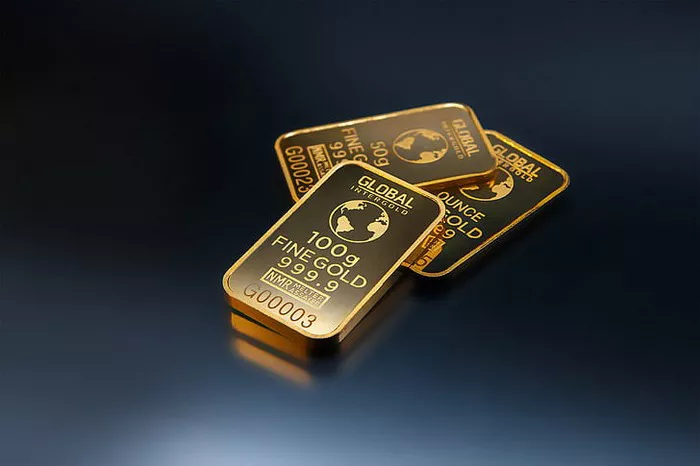Gold has long been revered as a precious metal, valued for its beauty, rarity, and historical significance. It has served as a store of wealth and a symbol of power and prosperity throughout civilizations. In modern times, gold continues to hold a prominent place in the global financial landscape, with spot gold being a key component of the gold market. In this article, we will delve into what spot gold is, how it is traded, and its significance in the financial world.
What is Spot Gold?
Spot gold refers to the current market price of gold for immediate delivery, also known as the spot price. It represents the price at which gold can be bought or sold for immediate settlement and is quoted in US dollars per troy ounce. The term “spot” indicates that the transaction is settled on the spot, without any delay or future date for delivery.
Spot gold prices are determined by a variety of factors, including supply and demand dynamics, geopolitical events, economic indicators, and investor sentiment. These factors influence the buying and selling decisions of market participants, resulting in fluctuations in the spot price of gold.
Trading Spot Gold
Spot gold trading primarily takes place in the over-the-counter (OTC) market, where participants trade directly with one another rather than through a centralized exchange. Major financial centers, such as London, Zurich, and New York, are key hubs for spot gold trading.
The most common method of trading spot gold is through contracts for difference (CFDs) or futures contracts. These financial instruments allow investors to speculate on the price of gold without owning the physical metal. CFDs and futures contracts offer leverage, allowing investors to trade larger positions with a smaller amount of capital. However, it is important to note that trading with leverage carries inherent risks and requires careful consideration.
Physical Ownership of Spot Gold
While spot gold trading predominantly occurs in the form of derivative contracts, there is also a significant market for physical ownership of gold. Investors can purchase gold bars, coins, or jewelry to hold as a tangible asset. Physical gold ownership provides the advantage of direct ownership and the ability to store and possess the precious metal.
Significance of Spot Gold in the Financial World
Spot gold plays a crucial role in the financial world for several reasons:
- Safe-Haven Asset:
Gold is often considered a safe-haven asset, meaning it tends to retain its value or increase in price during times of economic uncertainty or market volatility. Investors turn to gold as a hedge against inflation, currency fluctuations, and geopolitical risks.
- Diversification:
Gold offers diversification benefits to investment portfolios. Its price movements often exhibit low correlation with traditional financial assets such as stocks and bonds, making it an effective means of spreading risk.
- Store of Value:
Throughout history, gold has maintained its value over the long term. As a tangible and universally accepted asset, it serves as a reliable store of value that transcends political and economic boundaries.
- Indicator of Economic Health:
Changes in the price of spot gold can provide insights into the overall health of the global economy. When the price of gold rises, it may indicate concerns about economic stability, inflation, or currency devaluation.
- Central Bank Reserves:
Central banks around the world hold significant amounts of gold as part of their foreign exchange reserves. These reserves provide stability and confidence in times of financial turbulence.
Conclusion
Spot gold, with its immediate settlement and current market price, is a vital component of the gold market. It serves as a benchmark for gold pricing, influences investment decisions, and holds a unique position as a safe-haven asset and store of value. Whether traded through derivatives or held as physical ownership, spot gold continues to captivate investors, central banks, and individuals alike, symbolizing wealth, security, and stability.
The spot gold market provides opportunities for investors to participate in the gold market without physical ownership, offering flexibility and leverage through instruments like CFDs and futures contracts. At the same time, physical ownership of gold in the form of bars, coins, or jewelry allows individuals to possess a tangible asset that has stood the test of time.


